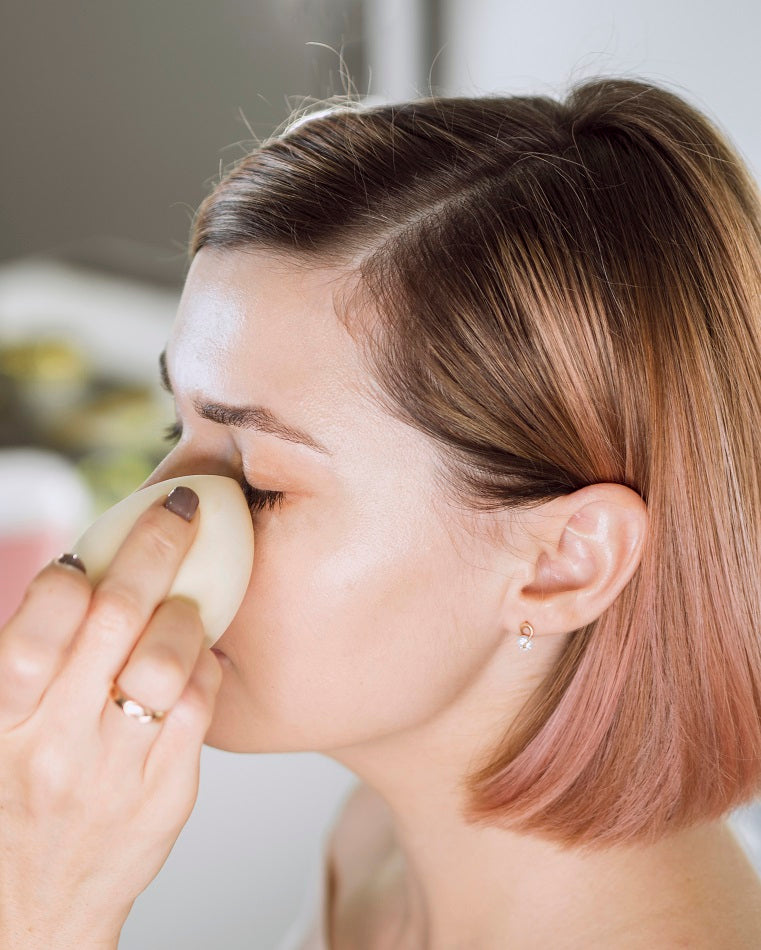
How do you remove a nose ring
How to Safely Remove a Nose Ring: A Comprehensive Guide
Nose rings are a popular form of self-expression and have been part of various cultures for centuries. However, there may come a time when you want or need to remove your nose ring. Whether it's due to a change in style, a workplace requirement, or simply for comfort, knowing how to safely remove a nose ring is essential. Here's a step-by-step guide to help you through the process.

Preparation: Gather Your Supplies
Before you begin, make sure you have the following items on hand:
- Mild, fragrance-free soap
- Warm water
- Cotton swabs or cotton balls
- A small mirror
- Clean paper towels or a soft cloth
- Saline solution or a saline spray
- Optional: Lubricant like petroleum jelly or a water-based product
Step-by-Step Removal Process
1. Wash Your Hands
Hygiene is crucial when dealing with any piercing to prevent infection. Wash your hands thoroughly with warm water and mild soap. Dry them with a clean towel or paper towel.
2. Clean the Piercing Area
Using a cotton swab or cotton ball soaked in saline solution, gently clean the area around your nose ring. This helps to remove any dried discharge or buildup, making the removal process smoother.
3. Relax and Get Comfortable
Find a well-lit area and position yourself in front of a mirror. Take a few deep breaths to relax, as this can help ease any tension or anxiety about the removal process.
4. Determine the Type of Nose Ring
Nose rings come in various types, including studs, hoops, and screws. Identifying the type of nose ring you have will help you understand how to remove it. Here are some common types:
- Nose Studs: These often have a straight post with a decorative end.
- L-shaped Studs: These have a 90-degree bend in the post.
- Nose Screws: These have a curved post that twists into the piercing.
- Hoops and Rings: These are circular and may have a small segment that opens.
5. Remove the Nose Ring
For Nose Studs and L-shaped Studs:
- Gently Pull: Hold the decorative end of the stud between your fingers. Slowly and gently pull it straight out. If it’s an L-shaped stud, you might need to twist it slightly to maneuver it through the piercing.
For Nose Screws:
- Twist and Pull: Hold the decorative end between your fingers. Twist the nose screw in the direction it naturally goes (clockwise or counterclockwise) while gently pulling it out. The curve may make this a bit more challenging, so go slowly to avoid any discomfort.
For Hoops and Rings:
- Locate the Opening: Find the small segment of the hoop that opens. This may be a captive bead, a hinge, or a seamless opening.
- Open Carefully: If it’s a captive bead ring, gently pop the bead out of place. For hinged rings, carefully open the hinge. For seamless rings, gently twist the ends away from each other (not apart) to open the ring.
- Slide Out: Once the ring is open, slide it out of the piercing hole.
6. Clean the Piercing Again
After the nose ring is removed, clean the piercing area once more with saline solution. This helps to prevent any potential infection and promotes healing.
7. Allow Time to Heal
If you’re planning to leave the piercing out permanently, be aware that the hole may start to close up within a few hours to days, depending on how long you've had the piercing. Keep the area clean and monitor it for any signs of infection.
Tips and Precautions
- Be Gentle: Nose tissue is sensitive, so always handle your piercing gently.
- Don’t Force It: If the nose ring doesn’t come out easily, don’t force it. This could cause tearing or injury. Seek professional help if needed.
- Consider Professional Help: If you're unsure or nervous about removing the nose ring yourself, visit a professional piercer. They have the expertise to remove it safely.
- Monitor for Infection: After removing the nose ring, watch for signs of infection such as redness, swelling, or discharge. If you notice any of these symptoms, consult a healthcare provider.


